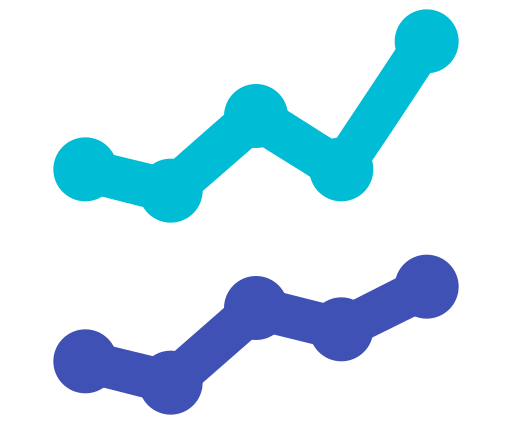Run In Polling
With just one week to go in the general election campaign, we have updated our run-in analysis to show the current state of play for Conservative government compared to its predecessors.
We picked two metrics for this analysis:
- Governing party voting intention: the share of people who say they intend to vote for the governing party in our polling average. For coalitions, voting intention for the biggest party only is included.
- Poll lead over opposition: the difference between the governing party voting intention and the voting intention for the largest opposition party. This means we are always comparing the polls for Labour and the Conservatives. A positive number means the government leads and a negative number means the opposition leads.
We have then plotted these two metrics twice for every election from 1955 to 2019, firstly for elections where the governing party changed and secondly when they didn’t. As you would expect, governments that are going to get re-elected tend to poll higher then those that are going to lose. However, it is not that different and the long term trend is that governing parties in recent elections have received lower vote shares given the rise of nationalist parties and the Liberal Democrats.
Although, even with this trend taken into account, the current government is polling worse at this stage than all those that got re-elected. They are also polling badly compared to governing parties who lost. No other government comes close. They are 7 points behind where Gordon Brown’s Labour were 7 days before the election and 13 points behind John Major’s Conservatives, at this stage.
Incumbent Government Voting Intention Before Change of Government
Incumbent Government Voting Intention Before No Change of Government
Our second metric looks at poll lead. The news is not much better for the Conservative here. In terms of parties that lost power they are doing worse than the Conservatives in 1964, 74 and 97, or Labour in 1970 or 2010. In terms of parties who won re-election there are no good comparators, the Conservatives currently trail Labour by 20 points. The worst performing governing parties who won re-election were Labour in 1950 who were 4 points down and the Conservatives in 1992 who were both down by 2 points at this stage.
At the begining of the campaign there was one possible consolation for the Conservatives. The begining of the short campaign tends to be an inflection point when you get substantial shifts in the polls. In 1970, 1997 and 1983 all the incumbent governments improved their poll margin over the oppositon by at least 5 points in the last 6 weeks before the election. On the other hand in 1979 and 1951 the governing party lost 3 points in their margin and of course there is 2017 (10 point change in the margin from +19 to +8). However the polls have been pretty stable, except for votes leaking from both the Tories and Labour to Reform.
The only vague hope now for the Conservatives are big polling errors, inefficient voting for Labour, low tactical voting and big geographic variability in the SNP vote. Even with all these things ,it is still hard to see anything but a big Labour victory on 4th July
